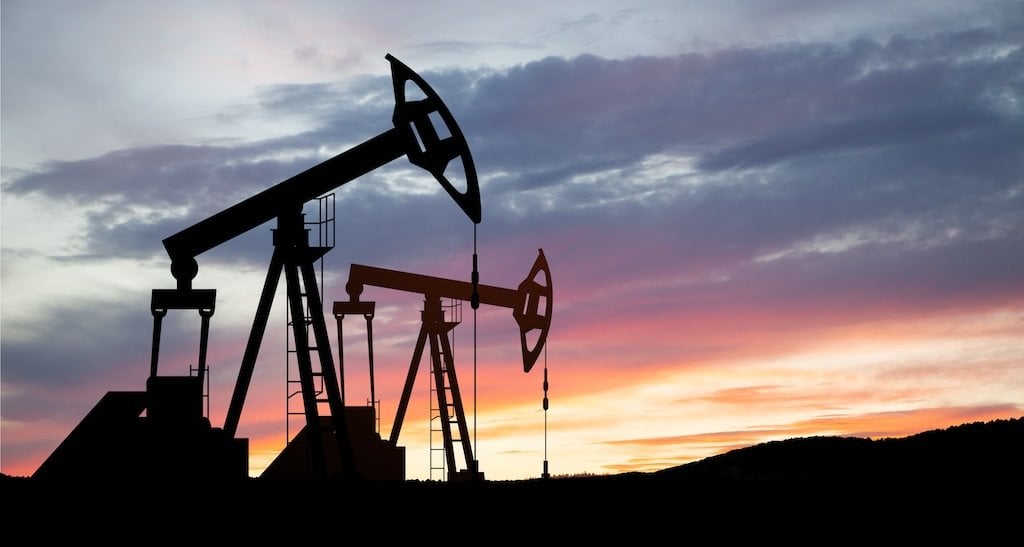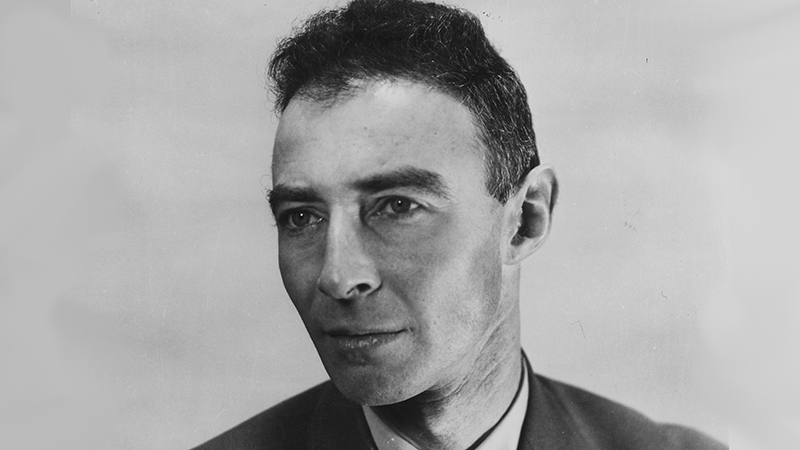In this talk from Techonomy 2011 in Tuscon, Ariz., Michael Woelk, CEO of Picarro, introduces state-of-the-art technology that his company has developed to map methane and CO2 emissions in real-time. Picarro has invented scientific equipment that can fit inside a mini-van and monitor emissions from polluters and regulators just by driving by.
Woelk: We make scientific instruments and we build them in Silicon Valley, which is normally a foreign concept, I mean, no-one builds hardware in Silicon valley, but we’re crazy enough to do it anyway.
I hope in my 180 seconds that I have up I here I’m going to show you something that you haven’t seen before. So, what you’re seeing right now is a typical pollutions source. It’s a complicated beast, measuring emissions that come off of a source like this is really, really, really hard, and it’s limited to some of the best scientists in the world because you’ve got to produce data that’s defensible in a typical scenario. So how simple can we actually make that process? And what if we can make that process as simple as getting into an automobile and just driving by the source of pollution?
So, let’s look at a couple of these sources. Here’s a refinery on the San Francisco peninsula. What we’re doing is we’re driving public roads and in this case we’re measuring methane. Now methane is a natural gas 25 times more potent than CO2. It’s also a proxy for things that will hurt you in more real time, like volatile organic compounds, things that will cause cancer. So by being able to measure the emissions and looking at methane, for example, we can get an understanding of what the real-time flux is coming off of these refineries without ever having to get access to that refinery and doing it on our own time. And again, essentially, at really high levels of simplicity.
This is what a fracking location looks like in Texas when you drive by. Here’s another location in Texas when you drive by. Well, let’s not talk about Texas for a moment, let me take you to a part of the world that you might actually understand, the self-proclaimed greenest city in the nation [map of S.F. Bay Area]. Let’s look at the methane emissions that are coming off of that city. Now again, this is with a kid with a driver’s license driving the highest precision instruments in the world producing these hyper-visual, three-dimensional maps. What you’re looking at is a methane source that could come from swamps, rotting moose, or natural gas leaks. Natural gas leaks are a real problem.
Let me take you now to measuring CO2 emissions at the urban scale. When you hear people in the press talking about measurement and verification of emissions at the city level, just understand they’re actually not measuring their emissions, they’re calculating them. Which is great—great, go ahead and do that. But at some point you actually have to get on the scale. In fact, one of our scientific customers once said, “Look, not measuring emissions is like going on a diet, counting cheeseburgers and Twinkies and never getting on the scale.” So scientifically this is what the emissions look like off of a city like Indianapolis in real time. So we can be down-wind and actually understanding what’s happening with the emissions coming off of a city.
Now again I said it’s really, really complicated and it requires precision of instrumentation on the order of measuring of part-per-billion in one second. That’s like measuring the increase or decrease of the population in China every second by one and a half individuals. But there’s science involved, so where are we going to put that science? So again, we’re going to have somebody driving a car that’s automatically going to send that data to a processing platform, essentially a cloud structure, where the science is going to be embedded, and then we’re going to be able to distribute those hyper-visional three-dimensional maps to anyone with a smart phone, anyone with a browser, anybody that has access to that, anyone within any of those constituencies. And when I speak to the people within those constituencies, whether or not they’re regulators or whether or not they’re anyone else, the real question I have for them is “Do you really want to know?”
Thank you.
Picarro’s Michael Woelk on New Emission Mapping Technology
In this talk from Techonomy 2011 in Tuscon, Ariz., Michael Woelk, CEO of Picarro, introduces state-of-the-art technology that his company has developed to map methane and CO2 emissions in real-time. Picarro has invented scientific equipment that can fit inside a mini-van and monitor emissions from polluters and regulators just by driving by.














